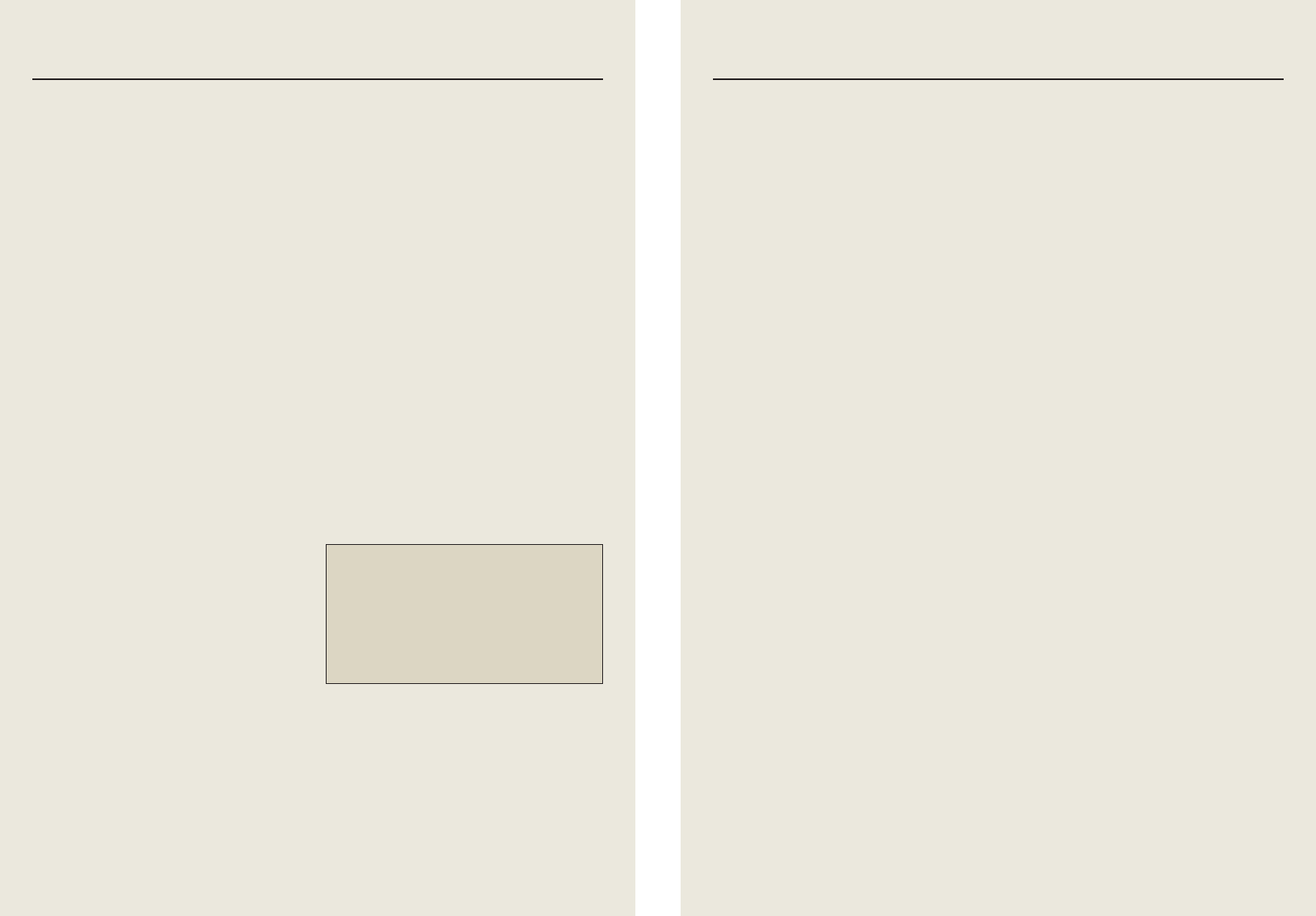
1. Fired Earth floors contain varying
quantities of natural characteristics.
Knots and sapwood will be common
in some boards as will kiln checking
and shakes.
2. The mixture of board lengths within
orders is unspecified but will be within
stated range. No guarantee will be
offered for proportion of lengths with
in each order.
3. Sapwood may be present in differing
amounts. Wood must be checked prior to
laying to ensure customer is satisfied
with appearance of floor.
4. Open knots will be evident in some
presealed products or may be filled with
a reasonably like-coloured filler. Quantity
and dimension of knots is unspecified.
5. All plaster and concrete must be
thoroughly dry prior to taking delivery of
boards. If in any doubt please contact
your local store or the Fired Earth
Technical Department.
6. Wood must not be laid into a house
where the moisture content in any
permanent fixture exceeds 11%. This
may indicate a leak of some nature and
must be investigated prior to delivery
of wood flooring.
General after care advice
Felt pads and caster cups should be used to
prevent damage by furniture etc. Sharp
heels, particularly stilettos will dent and/or
scratch wooden floors.
Bathrooms - Never leave damp towels or
bath mats on the floor following use.
Always wipe up splashes or puddles and
never leave them to dry on the floor. Ensure
the bathroom is well ventilated. Regularly
clean mat wells of excess dust, dirt, grit
and moisture.
Important Notes
For more detailed technical
information refer to British Standard
BS 8201 Code of practice for flooring
of timber, timber products and wood
based panel products.
Acclimatisation – Storing the timber in the
area/s where it is to be used in order to allow
it to absorb or lose moisture depending on
room conditions. This will allow the wood to
‘settle’ prior to being installed. Individual
packs do not need to be opened.
Acoubond system – Sika Silent Layer Mat
and Sika T52 adhesive filling system.
Architraves – Decorative mouldings used to
cover unsightly expansion joints. Decorative
mouldings used around doorways which
normally requires undercutting to allow the
wood floor to fit under it.
Atmospheric Relative Humidity – Moisture
content in the air of the room.
Bevel – The edge of the board is planed off
which helps avoid edges and lips in the
finished floor when laying presealed boards.
Checking – Cracks or splits seen across
the rings of annual growth caused by
seasoning of the wood.
Clip System – A chain of metal straps are
clipped together so 128mm solid wood
boards can be attached to them via a groove
in the back of each board. Solid wood
boards can then be laid as a floating system.
Construction Dampness – Moisture
contained within finished structures in
excess of acceptable levels, caused by
normal building procedures. Time must be
allowed for moisture levels to fall within
acceptable parameters.
Cork Fillets – Cork strips fitted in to
expansion joints which allow movement
of the timber whilst providing an
aesthetic finish.
Damp Proof Membrane (DMP) –
A layer of impervious material installed
to prevent rising damp. Can be polythene
or liquid applied.
End Joins – Where two planks join at the
end lengths of the boards.
End Matched – Factory finished boards
with tongues or grooves on the ends of
each board, therefore allowing the boards
to start and finish without the need to be
placed over a joist for support.
Engineered Boards – A floorboard made
of 11 layers, the top surface being
hardwood to provide a floor that appears
exactly like a solid wood floor but it’s
cross grained construction with plywood
increases it’s stability.
Expansion Gap – A suitable gap must be
left around all perimeters and abutments
etc. so a wood floor can expand and
contract if temperature and humidity
changes in the room.
Filling – The process of using a suitable
resin/sawdust or filler to fill in gaps, holes
etc. in the wood.
Glossary
24 25
















